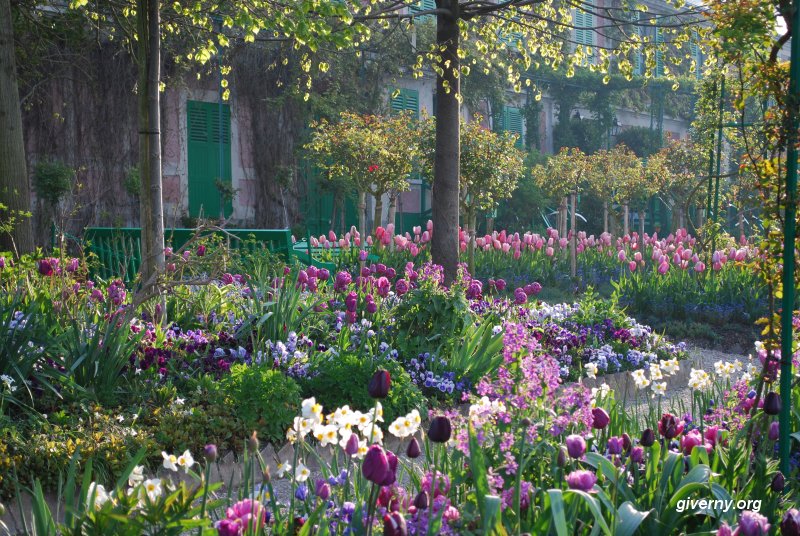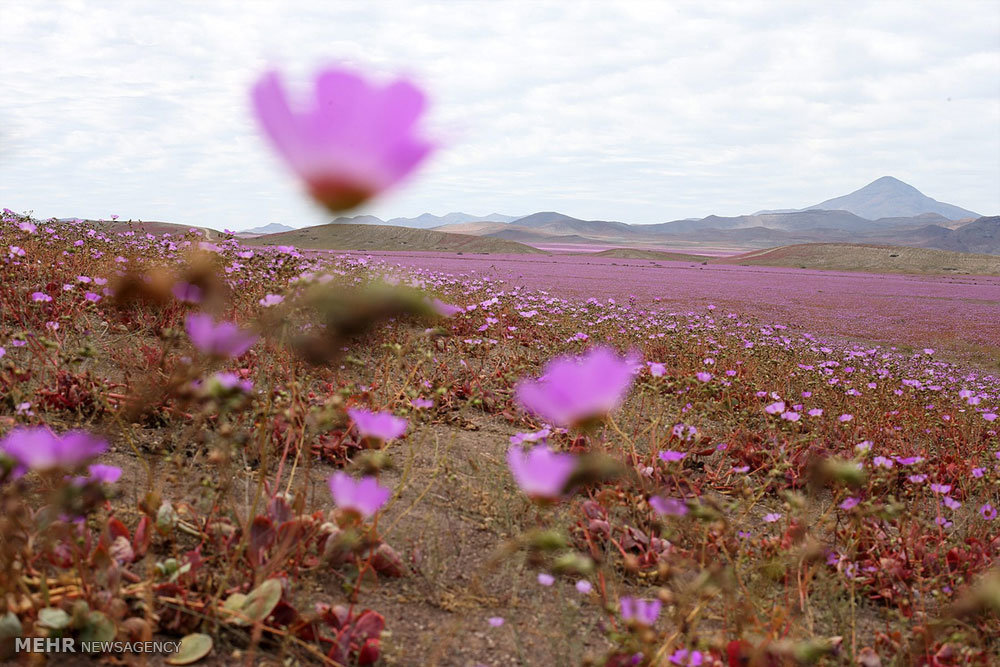


![[艾倫陳的記事本]: 我的股市四堂課](https://4.bp.blogspot.com/-zIlMH-LbsR0/UaIvMIxzN_I/AAAAAAAAAdo/49wtEN-sT_s/s1600/IMAG1915.jpg)

Exploring the Genetic Marvels of Hana Hana: Unlocking the Secrets of Exceptional Cultivation
Prepare to delve into the enchanting world of Hana Hana, where horticultural innovation meets genetic excellence. This captivating manga series embarks on a botanical odyssey, unveiling the extraordinary secrets behind Hana Hana's remarkable blooms. Join us as we uncover the fundamental knowledge guiding the cultivation of these genetically superior blossoms, ensuring an awe-inspiring floral tapestry in your garden.
Harnessing Genetic Potential: The Foundation of Hana Hana Horticulture
At the heart of Hana Hana's horticultural mastery lies a profound understanding of plant genetics. By meticulously selecting and crossbreeding desirable cultivars, the gardeners of this magical realm cultivate flowers endowed with unmatched beauty, resilience, and longevity. This genetic foundation empowers them to create breathtaking landscapes and gardens that bloom with vibrant hues and enchanting fragrances throughout the seasons.
Genetic Diversity: A Symphony of Colors and Forms
The genetic diversity within Hana Hana's floral kingdom is a sight to behold. Each flower possesses unique characteristics, from delicate petals to vibrant colors and intricate patterns. This symphony of genetic expression ensures that every garden is a tapestry of beauty, offering a kaleidoscope of blooms that captivates the senses.
Exceptional Resilience: Thriving Amidst Challenges
The genetic engineering behind Hana Hana's flowers renders them exceptionally resilient to adverse conditions. They withstand harsh weather, pests, and diseases with remarkable fortitude, ensuring a flourishing garden even during challenging seasons. This resilience allows gardeners to cultivate their beloved blossoms without incessant worry, fostering a sense of tranquility within their floral sanctuaries.
The Art of Cultivation: Nurturing Genetic Excellence
Cultivating Hana Hana's genetically superior blooms requires a delicate balance of art and science. The gardeners of this realm employ a holistic approach, combining traditional techniques with cutting-edge technologies to create an environment conducive to their floral masterpieces.
Meticulous Propagation: Preserving Genetic Integrity
Propagation methods are paramount in preserving the genetic integrity of Hana Hana's flowers. From delicate cuttings to advanced tissue culture techniques, the gardeners ensure that each new plant carries the same exceptional genetic traits as its predecessors. This meticulous propagation ensures the continuity of beauty and excellence in every generation.
Precision Fertilization: Tailoring Nutrients to Genetic Needs
The nutritional needs of Hana Hana's flowers are meticulously tailored to their specific genetic requirements. By analyzing the genetic makeup of each cultivar, the gardeners determine the optimal balance of macro- and micronutrients to support their growth and vitality. This precision fertilization ensures that each plant receives the nourishment it needs to reach its full potential.
Advantages and Disadvantages: Unveiling the Spectrum of Hana Hana Cultivation
While the allure of Hana Hana's genetically superior flowers is undeniable, it is essential to consider both the advantages and disadvantages associated with their cultivation.
Advantages:
- Exceptional Beauty and Diversity: Hana Hana's flowers are renowned for their breathtaking beauty, boasting a wide array of colors, forms, and patterns.
- Unmatched Resilience: The genetic engineering behind these flowers grants them exceptional resilience, making them well-suited for a variety of growing conditions.
- Predictable Growth and Bloom: The precise control over genetic traits ensures predictable growth patterns and flowering times, allowing gardeners to plan their landscapes with confidence.
Disadvantages:
- Limited Genetic Variation: The selective breeding practices employed in Hana Hana cultivation may result in a narrower genetic pool compared to naturally occurring plant populations.
- Potential for Genetic Defects: While genetic engineering aims to eliminate undesirable traits, the possibility of introducing new genetic defects cannot be entirely ruled out.
- Environmental Concerns: The use of genetic engineering techniques raises environmental concerns, such as the potential impact on native plant populations and the spread of genetically modified organisms.
Hana Hana Cultivation for Elderly Individuals: A Comprehensive Guide
The cultivation of Hana Hana's flowers can provide immense benefits for elderly individuals, offering opportunities for physical activity, mental stimulation, and social interaction.
| Aspect | Benefits for Elderly Individuals |
|---|---|
| Physical Activity | Gardening, including the cultivation of Hana Hana's flowers, provides gentle physical exercise and promotes mobility. |
| Mental Stimulation | The process of cultivating Hana Hana's genetically superior flowers involves decision-making, problem-solving, and learning, which can stimulate cognitive function in elderly individuals. |
| Social Interaction | Gardening groups and workshops focused on Hana Hana cultivation offer opportunities for elderly individuals to connect with others who share their passion for horticulture. |
| Sensory Stimulation | The vibrant colors, delicate fragrances, and intricate patterns of Hana Hana's flowers provide sensory stimulation, which can be particularly beneficial for elderly individuals with reduced mobility. |
Frequently Asked Questions: Addressing Common Concerns Surrounding Hana Hana Cultivation
To address common concerns and misconceptions surrounding Hana Hana cultivation, we have compiled a list of frequently asked questions and their detailed answers.
-
Is Hana Hana cultivation suitable for beginners?
Hana Hana cultivation is a rewarding endeavor for gardeners of all skill levels. While some varieties may require more specialized techniques, there are numerous cultivars that are well-suited for beginners.
-
How can I learn more about Hana Hana cultivation techniques?
Extensive resources are available online, including forums, blogs, and online courses dedicated to Hana Hana cultivation. Consulting with experienced gardeners or joining gardening clubs can also provide valuable insights.
-
Are Hana Hana flowers safe for wildlife?
The genetic engineering employed in Hana Hana cultivation primarily focuses on enhancing horticultural traits. Most cultivars are not known to pose any significant risks to wildlife.
-
Can I cultivate Hana Hana flowers in a greenhouse?
Hana Hana flowers can be successfully cultivated in greenhouses, provided that the environment is carefully controlled to mimic their natural growing conditions.
-
How often should I water Hana Hana flowers?
The watering frequency for Hana Hana flowers varies depending on the cultivar, soil type, and climate. As a general rule, water when the top inch of soil feels dry to the touch.
-
Do Hana Hana flowers need fertilizers?
Hana Hana flowers benefit from regular fertilization. Use a balanced fertilizer specifically formulated for flowering plants, following the recommended application rates.
-
How can I protect Hana Hana flowers from pests and diseases?
Regularly inspect your Hana Hana plants for pests and diseases. Implement integrated pest management techniques, such as companion planting, crop rotation, and the use of organic pesticides when necessary.
-
Can I propagate Hana Hana flowers?
Yes, Hana Hana flowers can be propagated through various methods, including cuttings, division, and tissue culture. The specific method depends on the cultivar.
-
How long do Hana Hana flowers bloom?
The blooming period of Hana Hana flowers varies depending on the cultivar, climate, and growing conditions. Some cultivars bloom for several weeks, while others may bloom for several months.
-
Are Hana Hana flowers suitable for cut flower arrangements?
Yes, Hana Hana flowers make excellent cut flowers. They are known for their longevity and vibrant colors, adding a touch of elegance to any arrangement.
-
Can I grow Hana Hana flowers in containers?
Many Hana Hana cultivars are well-suited for container gardening. Choose a pot with adequate drainage holes and use a well-draining potting mix.
-
How can I improve the soil quality for Hana Hana cultivation?
Incorporating organic matter, such as compost or manure, into the soil can significantly improve its quality and provide essential nutrients for Hana Hana flowers.
-
Are Hana Hana flowers toxic to pets?
Most Hana Hana cultivars are not known to be toxic to pets. However, it is always advisable to keep plants out of reach of pets to avoid any potential ingestion issues.
Embracing the Wonders of Hana Hana: A Call to Cultivation
As we conclude our exploration into the captivating realm of Hana Hana cultivation, let us embrace the opportunity to cultivate these genetic marvels in our own gardens. Their exceptional beauty, resilience, and adaptability make them a joy to behold and a testament to the transformative power of horticultural innovation. Whether you are a seasoned gardener or just starting your botanical journey, the cultivation of Hana Hana flowers offers an enriching experience that will bring joy and tranquility to your life.
May your gardens flourish with the vibrant hues and delicate fragrances of Hana Hana's genetically superior blooms. As you nurture these botanical wonders, immerse yourself in the knowledge that you are participating in a horticultural legacy that celebrates the beauty and diversity of the plant kingdom.